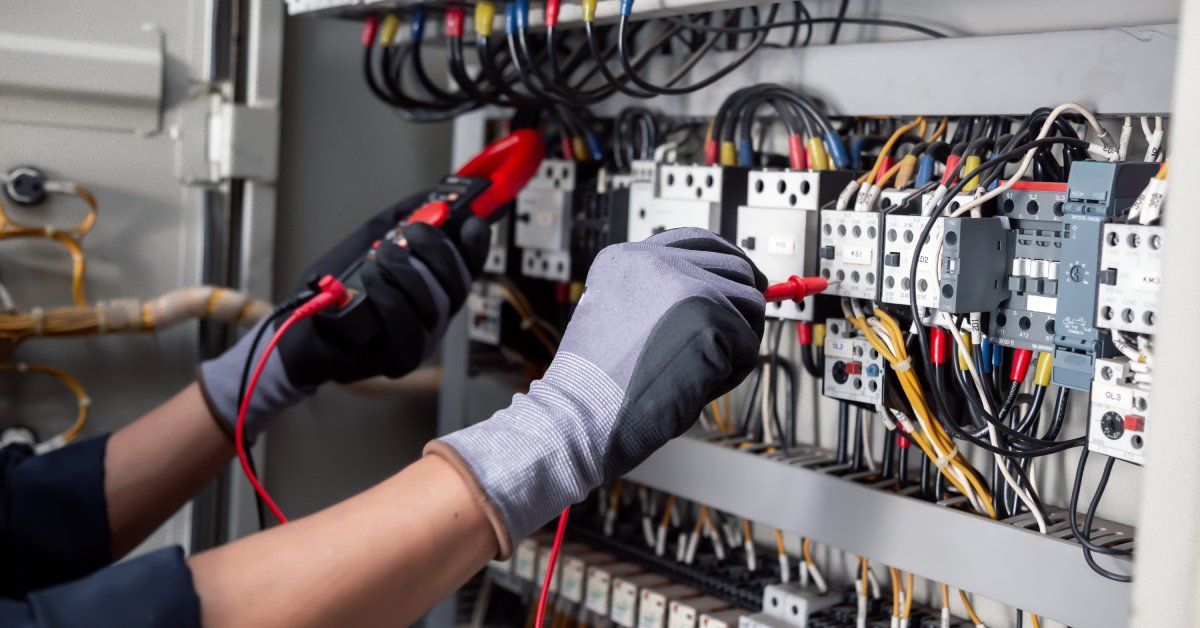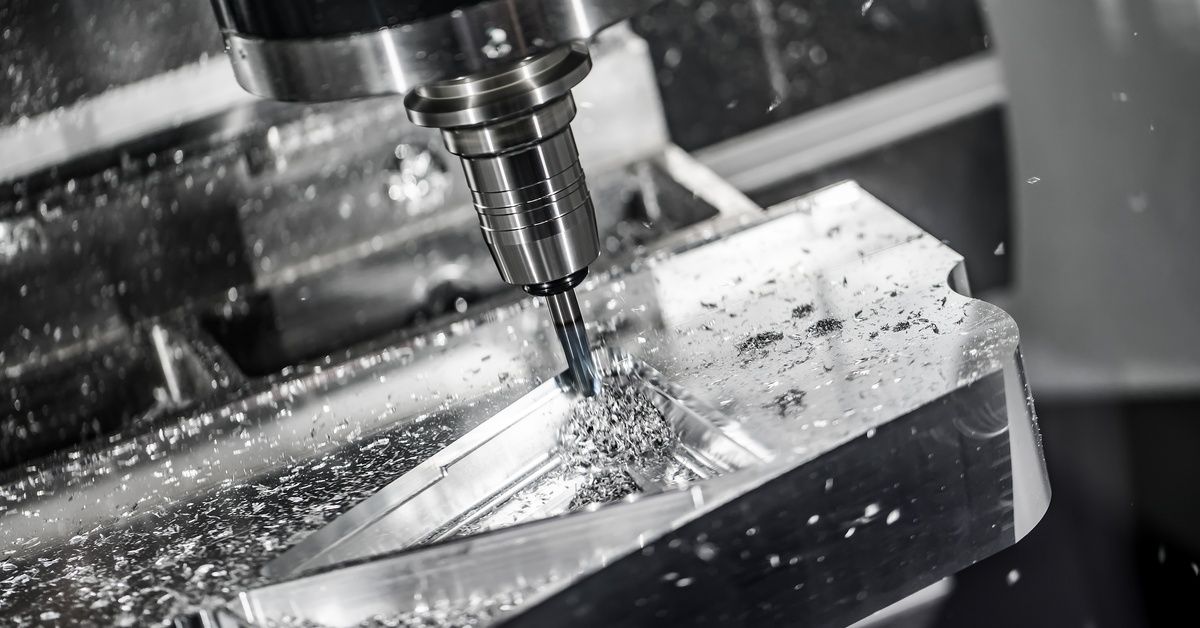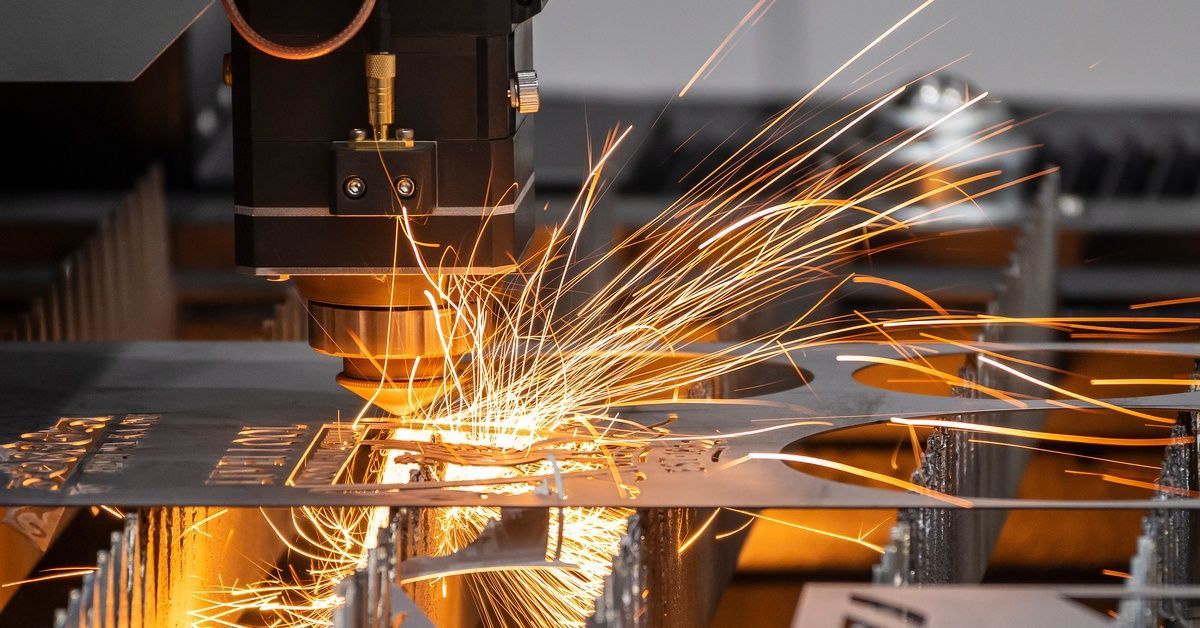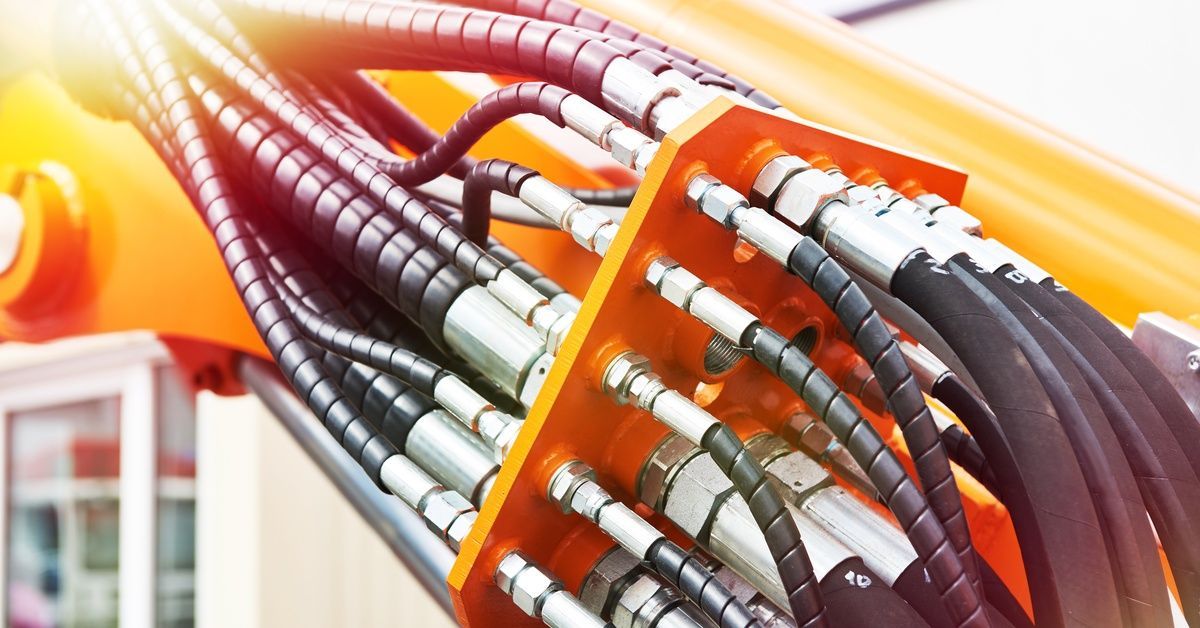10 Guidelines for Diagnosing Machine Failure
Machine failures are inevitable in business. However, diagnosing them accurately and promptly can improve operations. Numerous industries rely on machinery to meet production goals and create products efficiently, consistently, and according to industry standards.
But what happens when a critical piece of machinery breaks down? Unscheduled downtime, repairs, and disrupted workflows can cost companies a lot of money, making it difficult to compete with other businesses.
This is where accurate diagnostics come into play. With these ten guidelines for diagnosing machine failure, your business can reduce machinery downtime, optimize repair processes, and improve the equipment’s performance.

Industries That Rely on Machines
Businesses from a variety of backgrounds rely on machinery to move products from the assembly line to shipping containers. Here are some of the most common industries and tasks machines conduct:
- Manufacturing machines assemble, cut, weld, and package items to mass-produce goods efficiently and consistently.
- Automotive machines can design, assemble, test, and paint vehicles with precision.
- Healthcare relies on medical devices and diagnostic machines, such as MRI scanners and ventilators, for patient care and treatment.
- Construction demands heavy equipment such as excavators, bulldozers, and cranes to build infrastructure.
- Agriculture machinery—including tractors, harvesters, and irrigation systems—enables large-scale food and crop production.
When machines fail, the consequences can range from minor disruptions to significant operational setbacks. To mitigate costly setbacks, companies must adopt proactive strategies to conduct continuous operations.
1. Gather Comprehensive Data
The first step in diagnosing machine failures is to collect detailed, accurate data about the issue. This includes documenting the symptoms observed, the timing and frequency of the problem, and any recent changes made to the machine or its environment.
Additionally, consult maintenance logs, operator reports, and historical performance data to identify patterns or recurring issues. Comprehensive data is crucial because it helps pinpoint the factors contributing to the failure and guides you toward an informed and effective solution.
2. Leverage Diagnostic Tools
Modern technology gives many industries access to a plethora of advanced diagnostic tools. Therefore, there’s a tool readily available to pinpoint the issues with malfunctioning machines.
The devices can range from simple handheld electronics to complex software systems that monitor and analyze data in real time. By utilizing these tools, professionals can quickly identify the root cause of an issue and take appropriate action.
3. Use Sensor Data Effectively
Leveraging sensor data is essential for optimizing machine performance and detecting issues early on. Sensors can provide real-time information on parameters such as temperature, pressure, vibrations, and more, enabling technicians to monitor the health of equipment closely.
Analyzing the collected data will help users identify anomalies that may signal potential failures and address issues before they escalate. Implementing predictive maintenance strategies that rely on sensor readings can greatly reduce unexpected downtime and repair costs.

4. Implement Routine Inspections
While predictive maintenance relies heavily on sensor data and analytics, regular physical inspections remain a critical component of a comprehensive maintenance strategy. Scheduling routine inspections allows technicians to visually assess equipment for wear and tear, misalignments, and physical ailments that sensors may not detect.
These inspections also provide an opportunity to perform routine cleaning, lubrication, and calibration tasks. Combining predictive techniques with hands-on inspections maximizes each machine’s reliability and extends its lifespan.
5. Consult With Skilled Technicians
Experienced technicians bring invaluable knowledge that goes beyond standard procedures or automated systems. Their expertise allows for the identification of subtle issues that others might overlook, as well as the ability to provide tailored solutions to complex problems. Regularly consulting with skilled professionals ensures that maintenance strategies are adaptable to real-world challenges, ultimately reducing downtime and expensive machine malfunctions.
6. Apply Root Cause Analysis
Implementing root cause analysis (RCA) is necessary for identifying the underlying reasons behind recurring issues or failures. By thoroughly investigating problems, RCA uncovers the true source of disruptions that aren’t always easily detected.
The process involves data collection, analysis, and the development of actionable solutions to prevent the recurrence of similar problems. Applying RCA enhances long-term efficiency, minimizes downtime, and supports continuous improvement in maintenance and operational practices.
7. Use Predictive Maintenance Tools
Predictive maintenance tools leverage advanced technologies such as sensors, data analytics, and machine learning to monitor the health of equipment in real time. By identifying trends and detecting potential issues before they escalate into major failures, these tools enable proactive decision-making.
This approach minimizes unplanned downtime, extends the lifespan of assets, and optimizes maintenance schedules. Integrating predictive maintenance tools into your operations not only improves reliability but also reduces costs associated with reactive repairs and unnecessary preventive measures.
8. Monitor Key Performance Indicators
Regularly tracking and analyzing key performance indicators (KPIs) evaluates the effectiveness of predictive maintenance strategies. KPIs such as mean time between failures (MTBF), maintenance costs, and equipment uptime provide valuable insights into the performance and health of your operations.
Organizations can identify areas for improvement, measure the return on investment from maintenance practices, and ensure alignment with business goals by monitoring these metrics. Establishing clear benchmarks and leveraging data analytics tools to track KPIs allows for continuous optimization and smarter decision-making.
9. Document All Findings
Thorough documentation of findings is a valuable component of machine maintenance. Capturing detailed records of inspections, repairs, and performance trends ensures that all relevant information is readily available for future reference.
This practice not only aids in identifying recurring issues but also supports compliance with industry standards and regulatory requirements. Maintaining well-organized and accessible documentation increases teams’ ability to collaborate, troubleshoot issues, and continuously improve their knowledge.
10. Continuously Improve Diagnostic Processes
To ensure the effectiveness of troubleshooting efforts, continuously refine diagnostic processes. This involves regularly reviewing diagnostic tools, techniques, and methodologies to identify areas for enhancement. Encouraging feedback from team members and integrating insights from previous incidents can lead to more accurate and efficient diagnoses.
Additionally, investing in training and adopting advanced diagnostic technologies can further elevate the team’s capability to address complex issues. A culture of ongoing improvement fosters adaptability and positions the organization to meet evolving challenges with confidence.
Minimize Operational Downtime With Proactive Machinery Diagnoses
Machine failure is a reality that every manufacturing business faces, but its impact doesn’t have to be detrimental. By following these guidelines for diagnosing machine failure, you can conduct accurate diagnoses, minimize downtime, and keep production on track.
Proactive diagnosis is the key to avoiding unexpected breakdowns and ensuring your machines operate efficiently for as long as possible. With custom-machined parts from James Manufacturing, you can ensure your equipment runs smoothly for as long as possible. Learn how choosing us as a partner will improve your operations!










